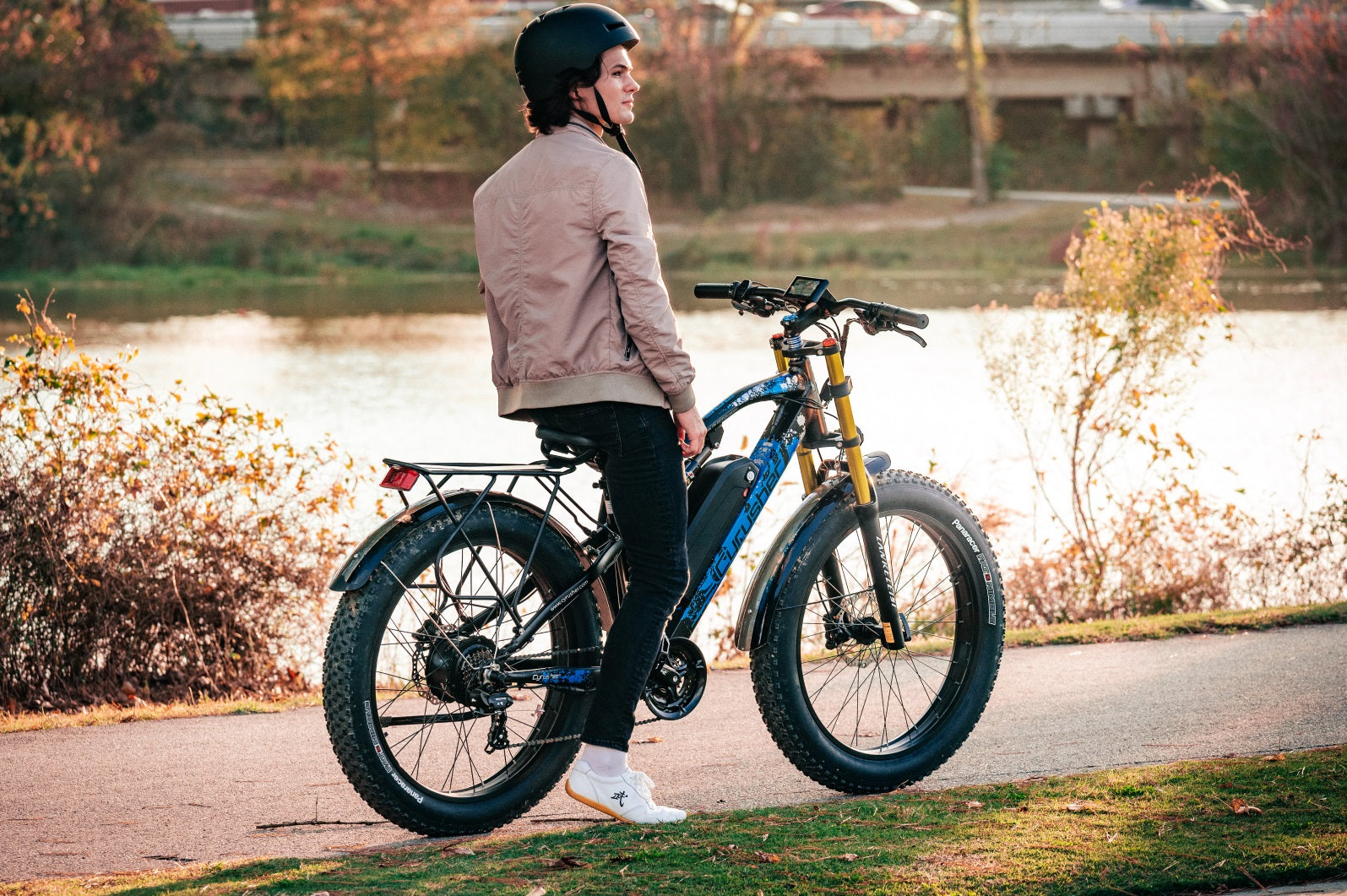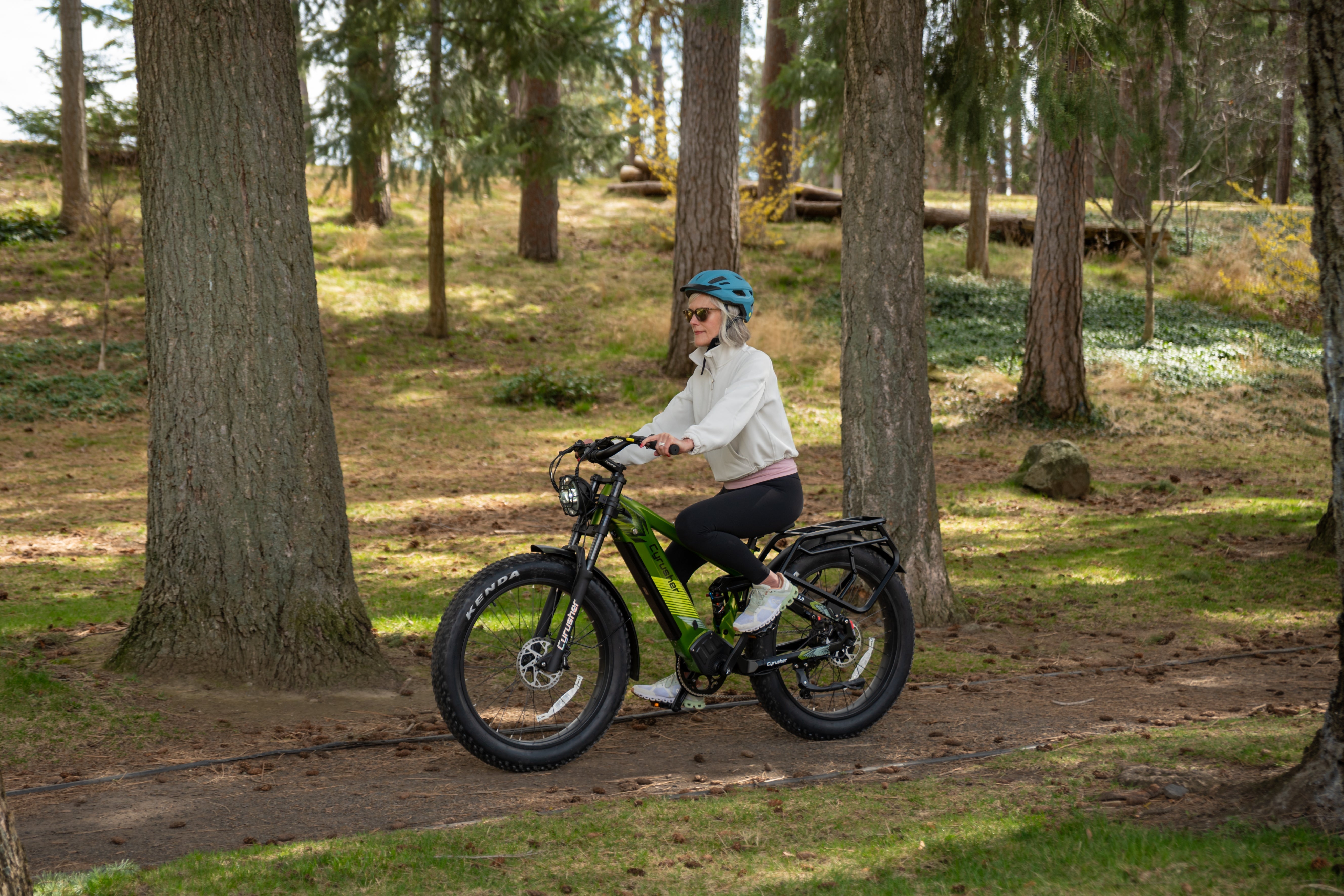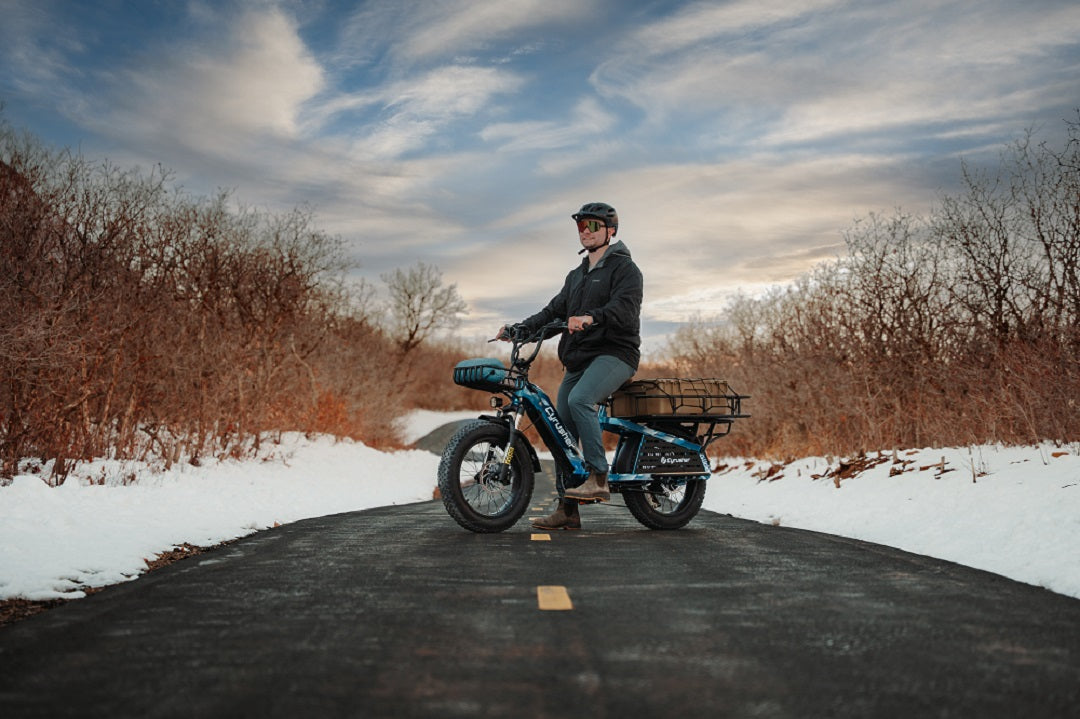The growing popularity of e-bikes has led to a surge in the number of e-bikes on urban streets. A comprehensive knowledge of the road regulations for e-bikes has become crucial in ensuring road riding safety. In this article, we will provide an overview of the road regulations in critical areas of the United States to assist riders in gaining a thorough understanding of these regulations.
The regulations governing the use of e-bikes vary across different countries and regions. Riders must familiarize themselves with their area's rules to avoid potential traffic penalties.

E-Bike Classifications:
Before analyzing road regulations, it is necessary to categorize the classes of the e-bike. The e-bike regulations in the United States are classified into three tiers in 41 states. This classification system helps to differentiate the conditions under which different e-bike models are permitted in different areas of the roadways. It is important to note that legal requirements for e-bikes may vary by state, so it is necessary to consider these regulations on a regional basis.
|
|
Definition |
Pedal operated only |
Maximum motor-assisted speed |
License plate |
Helmet suggested |
|
Class 1 |
Class 1 ebikes are equipped with a motor that provides assistance only when the rider is pedaling and that ceases to provide assistance when the ebike reaches the speed of 20miles per hour |
Yes |
20MPH |
NO |
Yes |
|
Class 2 |
Class 2 ebikes are euipped with a motor that may be used exclusively to propel the ebike and that ceases to provide assistance when the ebike reaches the speed of 20miles per hour. |
NO |
20MPH |
NO |
Yes |
|
Class 3 |
Class 3 ebikes are equipped with a motor that provides assistance only when the rider is pedalling and that ceases to provie assistance when the ebike reaches the speed of 28miles per hour. |
Yes |
28MPH |
NO |
Yes |
Regulation
As of July 2023, legislation creating the class system has been passed in forty one states:
Alabama, Arizona, Arkansas, California, Colorado, Connecticut, Delaware, Florida, Georgia, Idaho, Illinois, Indiana, Iowa, Kansas, Louisiana, Maine, Maryland, Massachusetts, Michigan, Minnesota, Mississippi, Missouri, Nebraska, Nevada, New Hampshire, New Jersey, New Mexico, New York, North Dakota, Ohio, Oklahoma, South Dakota, Tennessee, Texas, Utah, Vermont, Virginia, Washington, West Virginia, Wisconsin and Wyoming
National Electric Bicycle Law and Policy:
https://www.peopleforbikes.org/electric-bikes/policies-and-laws
Electric bike law (state by state):
https://www.peopleforbikes.org/electric-bikes/state-laws
When referring to state regulations, paying attention to these critical aspects is vital to understand local travel regulations better.
- Vehicle Standards: This includes the standards for vehicles permitted on the road, such as motor and riding speed standards.
- Age Limits: Specific age limits determine who is allowed to ride certain vehicles.
- Access Rules: Different roads may have specific access rules, such as city motorized and non-motorized trails or national park forest riding trails.
- Passenger Regulations: Knowing whether passengers are allowed on certain vehicles is essential.
- Vehicle registration and permits:It is necessary to determine whether a electric bike needs to be registered and if a permit is required for its operation.
- Helmet Standards: There are carrying standards for helmets and specific requirements for wearing helmets.
Indeed, it is worth noting that certain areas have yet to establish a specific categorization for e-bikes. Consequently, some e-bikes may be classified as moped or motorized vehicles in some regions. Determining the precise legal restrictions for such vehicles is at the discretion of the local government.

Helmets Regulation
It is essential to mention that certain states have included wearing a helmet as a legal obligation, particularly for younger e-bike riders. Around 25 states and Washington, D.C., have implemented some form of helmet requirement for e-bike riders and passengers. Examples of these states include Connecticut, Maryland, West Virginia, Massachusetts, and Louisiana, where helmets are mandatory for all ages and all classes of e-bikes and bicycles. Other states have varying rules based on age and e-bike classifications, so referring to their specific regulations is necessary. Additionally, 25 states do not have any helmet requirements for any class of e-bike or rider age.
Moreover, you should verify if there are any specific requirements regarding helmet standards. While most states accept regular bicycle helmets, certain states enforce regulations mandating motorcycle helmets, among other criteria. Therefore, it is strongly advised that all riders wear helmets for safety and to comply with road travel regulations.
Where E-Bikes Are Allowed:
With the surging popularity of electric bicycles, the range of cyclists has become more diverse, drawing in more older adults, youngsters, and women to the world of cycling on two wheels. The electric motor is designed so that e-bikes do not conform to traditional bicycle road regulations, and they must abide by speed limits to be used on the road. Typically, e-bikes are permitted to travel on bike lanes, urban streets, and shared paths while adhering to speed limits and e-bike classifications.
However, due to the popularity of e-bikes during the epidemic, there are still incomplete regulations for accessing certain national parks and trails. Further research is necessary to establish more practical guidelines. Hence, verifying the access regulations for your intended destination is crucial when planning a ride to a national forest or trail.
Rules for Mountain Electric Bikes (EMTB):
Mountain e-bikes are specifically designed to enhance the opportunities for riders to explore remote locations. Due to their increasing popularity, more and more riders are opting for e-bikes when it comes to mountain riding. However, it's important to note that the trails used for off-road riding differ from urban roads. Unlike traditional mountain bikes, e-mountain bikes often face certain restrictions on some trails. To address this issue, People for Bike has developed a 42,000-mile mountain e-bike trail that allows riders to access areas where mountain electric bikes are permitted easily.
eMTB Maps: https://www.peopleforbikes.org/electric-bikes/rides-and-routes
Safety gear and equipment
When it comes to riding in accordance with road safety regulations, it is crucial to wear appropriate safety gear. The most vital piece of equipment is the helmet, which helps prevent head injuries in an accidental collision. Other accessories, such as knee pads, are essential for protecting your joints during your ride.
In addition to safety wear, it is crucial to equip your vehicle with relevant safety accessories. The light accessory addresses the risks associated with riding in dim conditions. Installing front and rear lights on your e-bike can provide better visibility during your ride. Reflective spokes on the wheels can also be added to increase the reflective light in dim conditions, making it easier for pedestrians and surrounding vehicles to see you. Rearview mirrors are another safety accessory that can help you have a clearer view of vehicles behind you on the road, making it easier to change lanes. Lastly, a horn is an essential safety accessory that can warn others in dangerous situations and help avoid potential risks.

Conclusion
The growing popularity of e-bikes has allowed more individuals to re-engage in cycling on two wheels and relive the exhilaration of the freedom that accompanies speed. However, it is crucial to prioritize adhering to road travel regulations before anything else. This is not only for the safety of pedestrians but also to ensure one's safety. One must familiarize oneself with the local laws before purchasing an electric bike. Additionally, checking the accessibility conditions of the route in advance and abiding by road regulations can help prevent the inconvenience of fines. The Cyrusher aims to design quality e-bikes to enable more people to experience the enjoyment of participating in two-wheeled sports riding while also ensuring riding safety.










Share:
Is it Worth Buying an Ebike?
Step-through Ebike Comparison: Cyrusher Trax vs Magicycle Deer